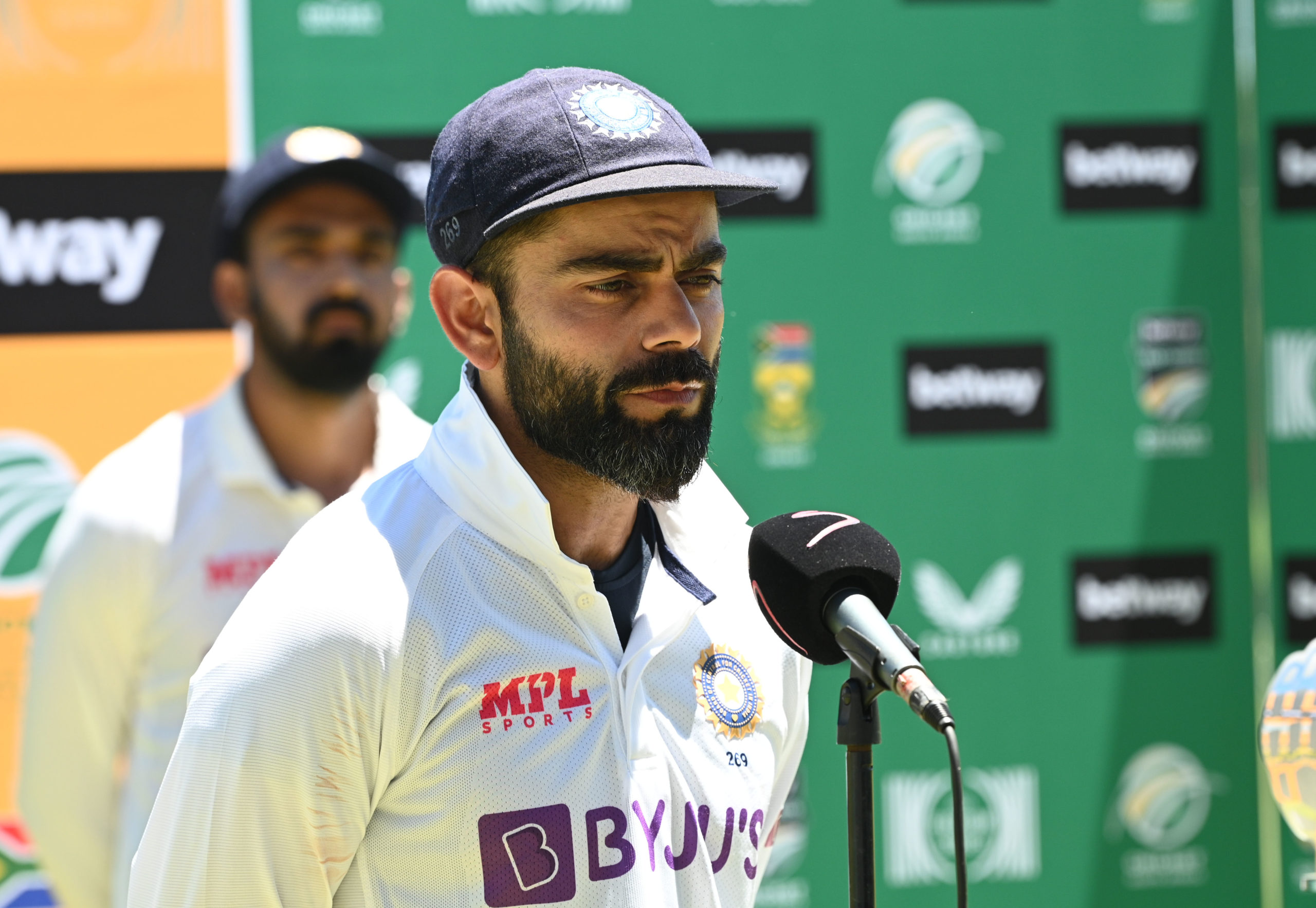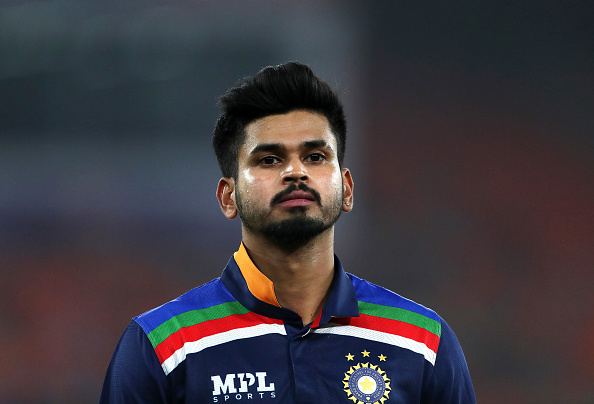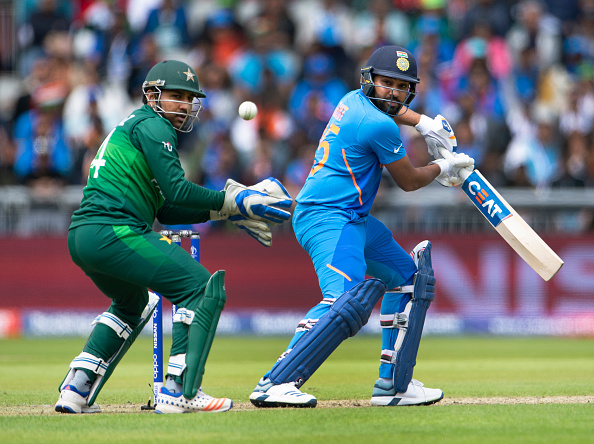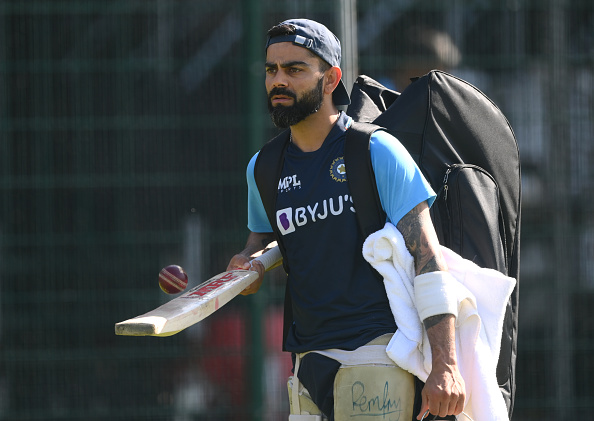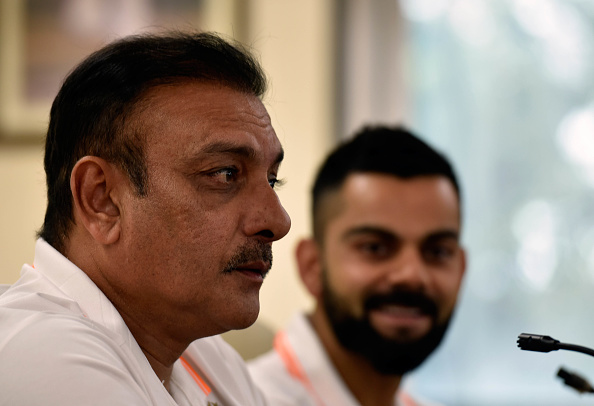sports
Three hats in the ring
Rohit Sharma, Rishabh Pant or KL Rahul: Who will succeed Virat Kohli? That is the question uppermost in the minds of cricket lovers. Now that Virat Kohli’s exit as Test captain has been thoroughly debated and discussed, the time has come for someone to step into his shoes. Kohli has heralded the process of […]
Ashwin’s outburst a bid to further undermine Kohli?
After being unceremoniously removed from the ODI captaincy, Virat Kohli’s problems seem to be deepening further as Ashwin candidly aired his views about the treatment meted out to him A lot has obviously been happening inside the Indian team’s dressing room if our best, or world’s best, spinner has been talking loudly about the “treatment” […]
Is Iyer’s arrival the answer for a team in transition?
For the five Indian selectors, Shreyas Iyer’s 170 runs in his Test debut has become more of a headache, even though he might be exactly what the Indian team needs right now The 26-year-old got this chance against New Zealand in Kanpur simply because regular Team India skipper Virat Kohli was ‘rested’ after a hectic […]
Half fit, half-hearted India fail to counter Pak punches
Pakistan’s win against India in the T20 World Cup has put the Indian side on slippery slope, one, which can be overcome only through introspection in team selection and hard work A win for Pakistan in the World Cup has come after a wait of 29 years. The contest, though fought for 37.5 overs, was […]
Kumble’s entry may ring exit bells for Kohli
With Virat Kohli announcing that he will be giving up his captaincy of the T20 team after the World Cup, the Patriot takes a look at why he chose to do so and his possible replacements The odds are piling up against Team India captain Virat Kohli. The man known for breaching the three-figure mark […]
Is it for big-money IPL that the final Test was cancelled?
With the final Test match in Manchester being cancelled, question arise around the true motives for the cancellations and the role of Ravi Shastri and Kohli The Covid-19 related cancellation of sporting events in 2020 has created havoc in the minds of almost every country and every sports federation around the world. The loss of […]
Delhi’s Olympic Medal Factory
Chhatrasal has produced world class wrestlers, won five Olympic medals for India. After Ravi Dahiya and Bajrang Punia it will be Aman and Rahul in the next Olympics Chhatrasal Stadium is one of the best training grounds for wrestlers in the world. Thanks to this one institution India has won five Olympic medals and many […]
For BCCI, it’s about money and not safety
With the Indian Premier League juggernaut moving to two most Coronavirus-affected cities, Ahmedabad and Delhi, every cricket fan is asking questions from Indian Cricket Board (BCCI) “Where will you take a player in case of any medical emergency” The concerns of cricket lovers are valid. At a time when India grapples with an unprecedented […]

